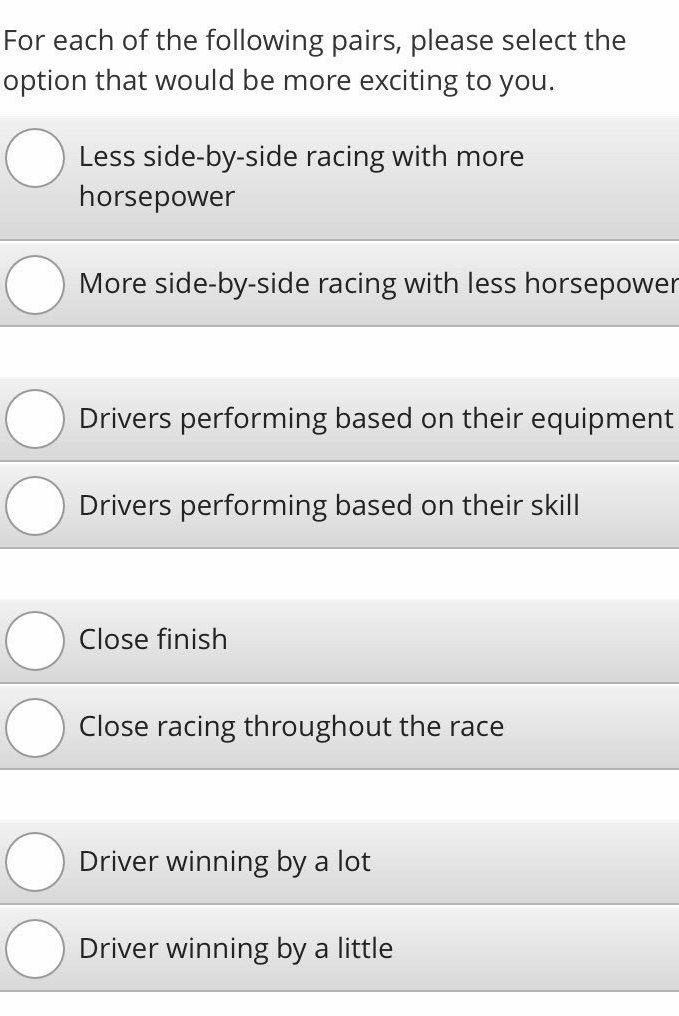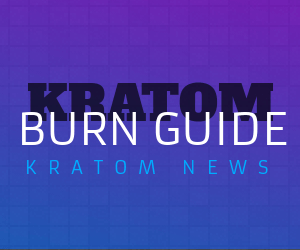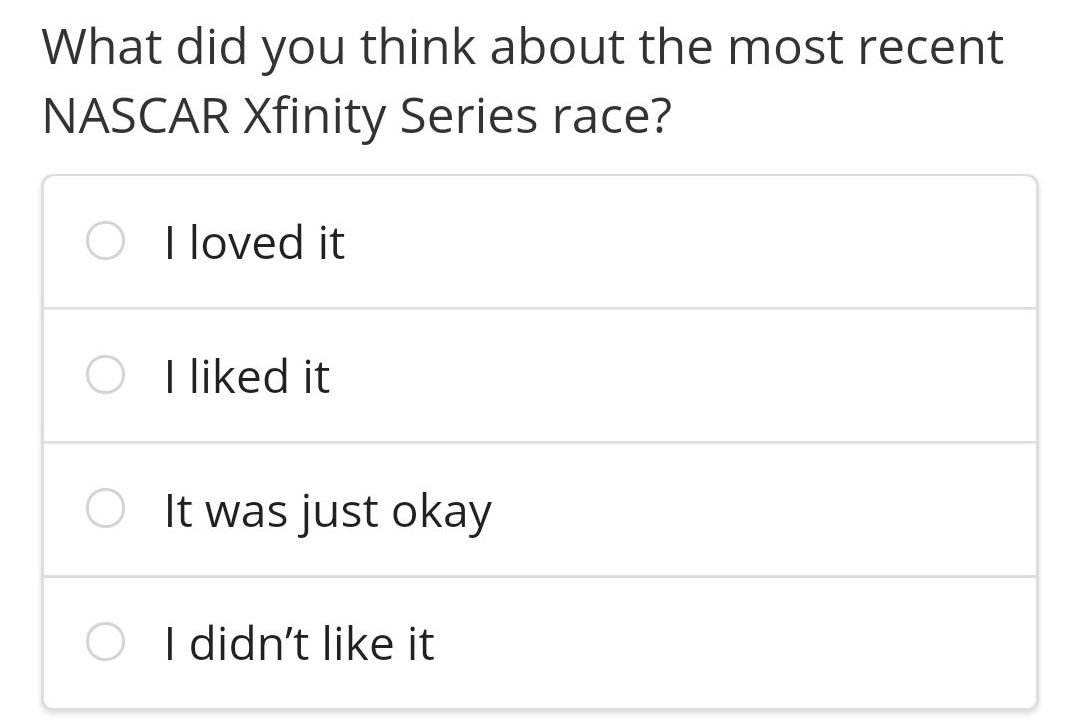NASCAR President Tackles Tough Topics in Podcast Appearance – Autoweek

NASCAR president Steve Phelps appeared on the NASCAR Weekly Podcast Thursday night, granting its four hosts a wide-ranging 30-minute interview.
The conversation covered several noteworthy topics following a historic month in which the league became one of the first national sports to return from the coronavirus shutdown and ushered in a significant change with the banishment of the Confederate flag.
Phelps also addressed a controversial claim that 80 percent of NASCAR fans support the current high downforce, low horsepower Cup Series competition package for its larger tracks, and the addition of Nashville Superspeedway to the 2021 schedule.
The most important takeaways from the interview have been transcribed below.
THE DECISION TO BAN THE CONFEDERATE FLAG
In 2015, then NASCAR CEO Brian France made a move toward banning the divisive symbol, ultimately spearheading a program in which fans could exchange a Confederate flag for a new United States flag. That policy wasn’t entirely successful, and the current administration has taken the idea the rest of the way by outright banning the Confederate flag.
Phelps said NASCAR events shouldn’t make any prospective or current fan feel uncomfortable or unwelcome.
“We don’t want to exclude anyone from coming,” Phelps said. “And if there’s a group of people who feel like that is a flag makes them uncomfortable, it’s not something that we want as part of our racing.
“This sport should be about fun (and) should be about family, should be about community.
“I think that we want it to be not just welcoming, but we want people to share their NASCAR experiences with each other… I’ve been a NASCAR fan over 50 years (and) … to me, when I bring a first-time fan to the race, I’m proud of the sport.”
TRACKS IN STATES WHERE FANS CAN ATTEND
Texas Motor Speedway revealed on Friday that it intends to welcome fans back for the July 19 NASCAR Cup Series event.
The O’Reilly Auto Parts 500 will be the first major sporting event in Texas with spectators since the start of the coronavirus pandemic.
Texas Governor Greg Abbott has issued guidelines that currently allow sporting venues to hold up to 50 percent of maximum capacity. Texas Motor Speedway’s current maximum is 130,000. However, fans will not be required to isolate into small groups. Masks will be issued but not required.
The state of Texas reported 3,516 new cases of COVID-19 on Thursday, topping the previous record of new cases set the day before (3,129) on June 17.
Different states are handling the ongoing crisis in vastly different ways. The All-Star Race was moved from Charlotte, North Carolina, to Bristol, Tennessee, primarily because fans are not permitted at North Carolina race venues but are in Tennessee.
Where could fans be allowed to attend next?
“I think if you look at the schedule, it’s been announced that Pocono will be without fans. Governor (Tom) Wolf is a no. And when I talk about that, I’m not coming down on governor Wolf. That’s what he believes is right for his state. So, I’m not throwing barbs at all. I promise.
“After that, we’re at Indianapolis. Indy is and has been a no. Kentucky? Governor (Andy) Beshear has made it clear that he doesn’t believe we should be racing in front of fans.
“After that, it looks like we open up a little bit, right? So, the All-Star Race moves from North Carolina, because governor (Roy) Cooper wasn’t ready to give us the go to racing with fans.
“Governor (Bill) Lee in Tennessee has decided that he doesn’t care and that he would like us to race in front of fans, which is welcome… From there, we are looking at what other facilities we might go to.
“I think Governor (Chris) Sununu and New Hampshire will be a yes. And then before that we’re at Kansas (and) we’ll see. I’m hopeful that we’ll be able to race in front of fans in Kansas. Most likely, we’ll be racing across the street here at Daytona international Speedway, hopefully in the time slot that we were originally scheduled to. I’m not ready to announce that, but I’d imagine governor (Ron) DeSantis would be a big fan of us racing in front of fans as well. So, we’ll see, you know, the more opportunities we can race in front of fans, but do it safely and responsibly, that’s what we want.”
NASHVILLE SUPERSPEEDWAY AND FAIRGROUNDS SPEEDWAY
Phelps was adamant that the decision to race at Nashville Superspeedway does not preclude Fairgrounds Speedway Nashville from future Cup Series consideration.
The Nashville market is an important one for NASCAR.
Music City has long been a leading market for NASCAR television ratings and was the first-year site of its December awards banquet in 2019. There has been momentum towards Speedway Motorsports Inc. securing a NASCAR national touring return to the legendary downtown short track in recent years.
It’s a complicated predicament because if the superspeedway experiment (a reported four-year agreement, with Dover International Speedway moving one of its races to the 1.33-mile concrete track it owns) isn’t a success, it could doom the short track from gaining traction ever again.
If the superspeedway is successful, why would there be enthusiasm from the powers that be to move the event to the downtown short track?
Phelps addressed the need to create a partnership with local and state officials, while also immediately rewarding a passionate market with an event as soon as possible.
“I understand that it is not in downtown Nashville,” Phelps said. “I understand it’s not the Fairgrounds. The Fairgrounds is not ready to host a Cup event. So, there needs to be significant upgrades made to the facility to make it, kind of, Cup-worthy. No disrespect to ARCA or other race series that go there. ARCA is one of our series and I love the ARCA Series.
“But it’s not ready to host a Cup event. Do I think that they’re mutually exclusive, which is what I’ve been asked before?
“It’s like, ‘Oh my God, you’re going to go to the Nashville Superspeedway and then you’ll never come to go to the Fairgrounds.’
“That’s just not a true statement. You know, Nashville has been hit hard, right? It’s been a difficult year with the tornadoes and the pandemic and it’s just, it’s been hard. I’m hopeful that Governor Lee and the Mayor and the people of Nashville want to create this partnership and bring NASCAR racing to the city of Nashville until that time.
“And maybe, after that time, racing at the Nashville Superspeedway rewards the great fans that we have in the Nashville area.
“We’ve done a ton of research on Nashville fans and they are some of the best in the country we have, and shouldn’t they be rewarded with a race at a racetrack that hasn’t run a race in a decade and not have to travel 400 miles to go to a racetrack?”
80 PERCENT LOW POWER, HIGH DOWNFORCE PACKAGE APPROVAL?
While on the Michael Waltrip Unfiltered podcast, Phelps claimed that NASCAR fans 80 percent approve of the NA18D package that is used for Cup Series tracks over 1.1 miles.
While not a representative sample of the fandom, the Twitter contingent of fans continues to speak out against the package’s form of full-throttle, dirty air racing product. The number 80 was dubious from the start and that question was presented to Phelps.
“So, I’ll start with the data itself,” Phelps said. “We have a 25,000-person (online) fan panel, which we call our Fan Council. Our fan council is made up primarily of avid fans.
“So that 80-20 percentage split is coming from our fan council. They are our most avid fans. They take time out of their day to answer the questions that we have.”
Historically, the Fan Council questions have been somewhat leading or misleading, with a summer 2018 fan council (below) segment being used as a pretense for NASCAR’s decision to implement the high downforce package in 2019.
It’s worth pointing out that the current phrasing of questions tend to go in the following direction:
The criticism of the package has been twofold.
1) Having so little power, and so much downforce neuters talent, with drivers seldom having to lift off the throttle, in an attempt to keep cars from separating on tracks 1.1 miles and larger.
2) The turbulence from the dirty air off the huge rear spoilers is so severe that it inhibits passing near the front of the field once cars get single file following a restart. There is a considerable amount of passing in the midfield because everyone is stuck in dirty air.
NASCAR often points to this data in justifying the package.
“If you look at the data, not just from the fans, but you look at the data of, you know, green flag, green flag passes, green flag passes for the lead, margin of victory between first and second, second, and third, third, and fourth, number of cars on the lead lap, all those things, point to success,” Phelps said. “You know what we did, and I think this is gets lost, is that we kept taking downforce off our vehicles that are in our racing, got worse and worse and worse and worse.”
“So you look at the (2016 Coca-Cola 600) where Martin Truex led 39(2) laps of 400. That’s kind of like saying, ‘Hey, it was a pitchers’ duel, right? But if we’re honest, that’s not a very good race, right? … The package that we have on our intermediate tracks is just better than it was when it was low downforce, high horsepower. Every statistic would look to that. So, there are some people out there, and I get it, that would say, ‘Hey, from a purist standpoint, that’s not what it should be.’
“I’ll give you that. But I think that the purists in this case would say the racing isn’t as good. I even think it should be high horsepower. But I think the 550 (HP) package has produced the best racing that we’ve had in a long, long time. So, I don’t envision us going to a different package.”
The complete NASCAR Weekly Podcast episode featuring NASCAR president Steve Phelps can be viewed in its entirety below.
This content is imported from YouTube. You may be able to find the same content in another format, or you may be able to find more information, at their web site.
This content is created and maintained by a third party, and imported onto this page to help users provide their email addresses. You may be able to find more information about this and similar content at piano.io
This commenting section is created and maintained by a third party, and imported onto this page. You may be able to find more information on their web site.

